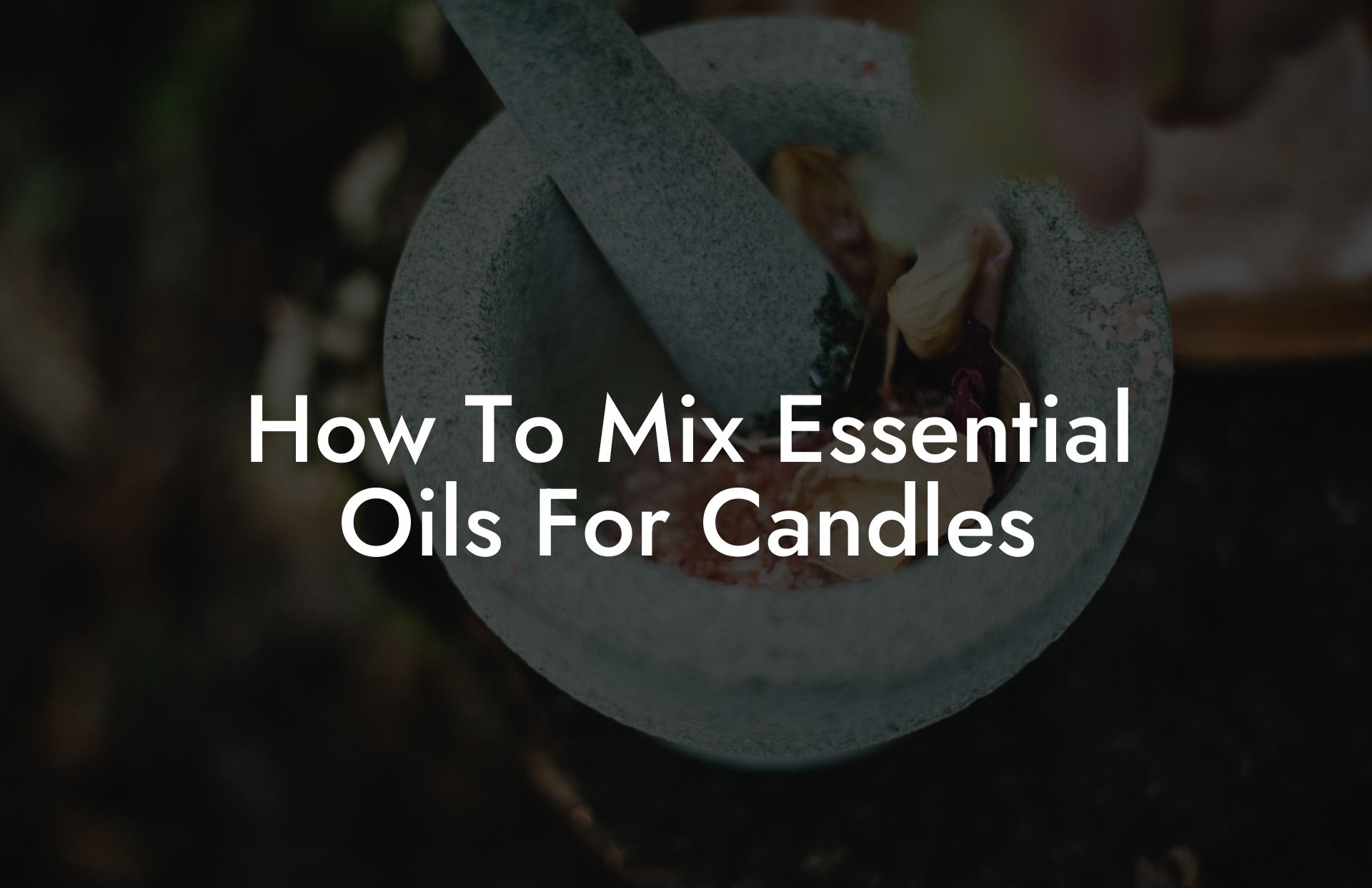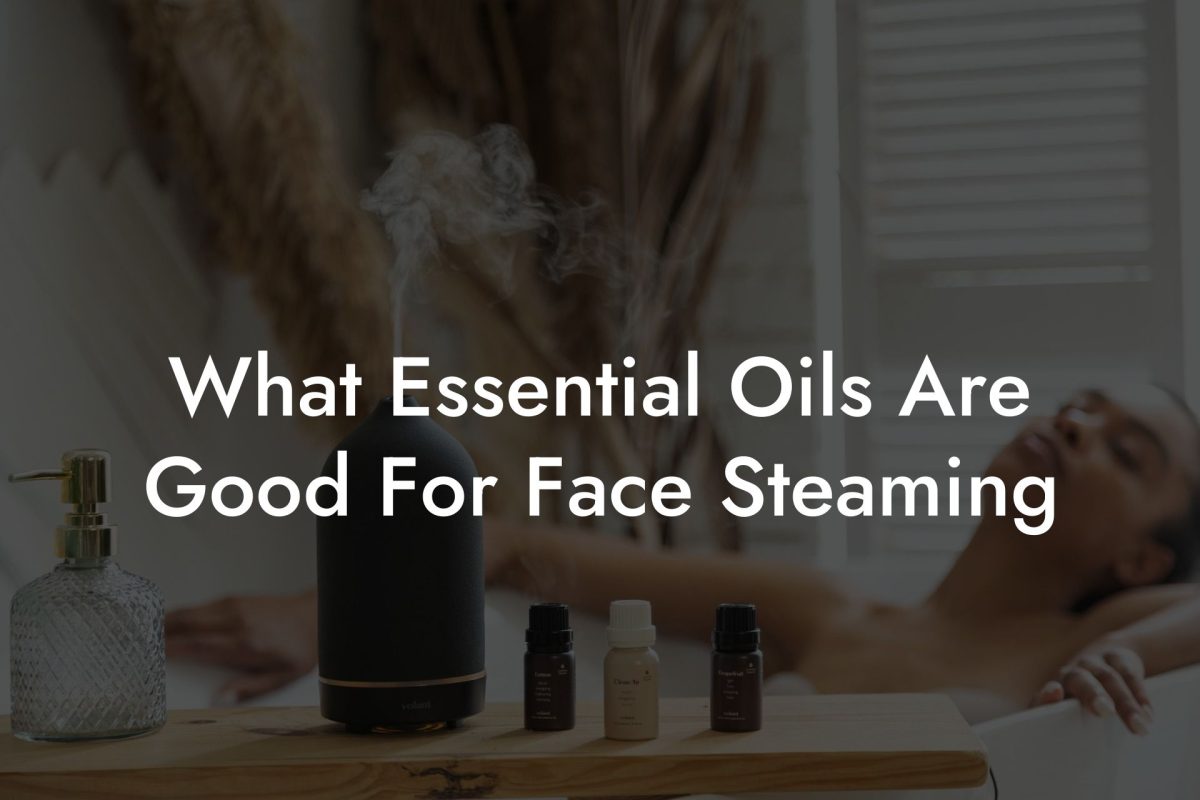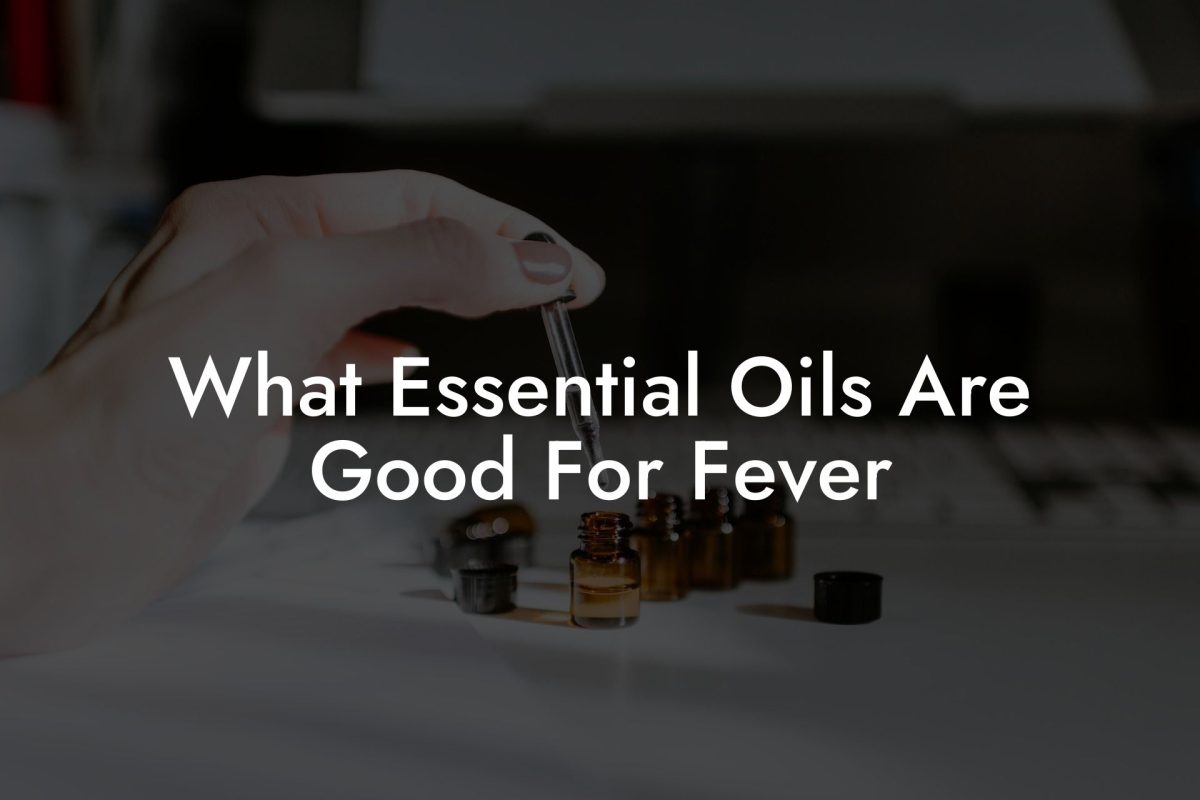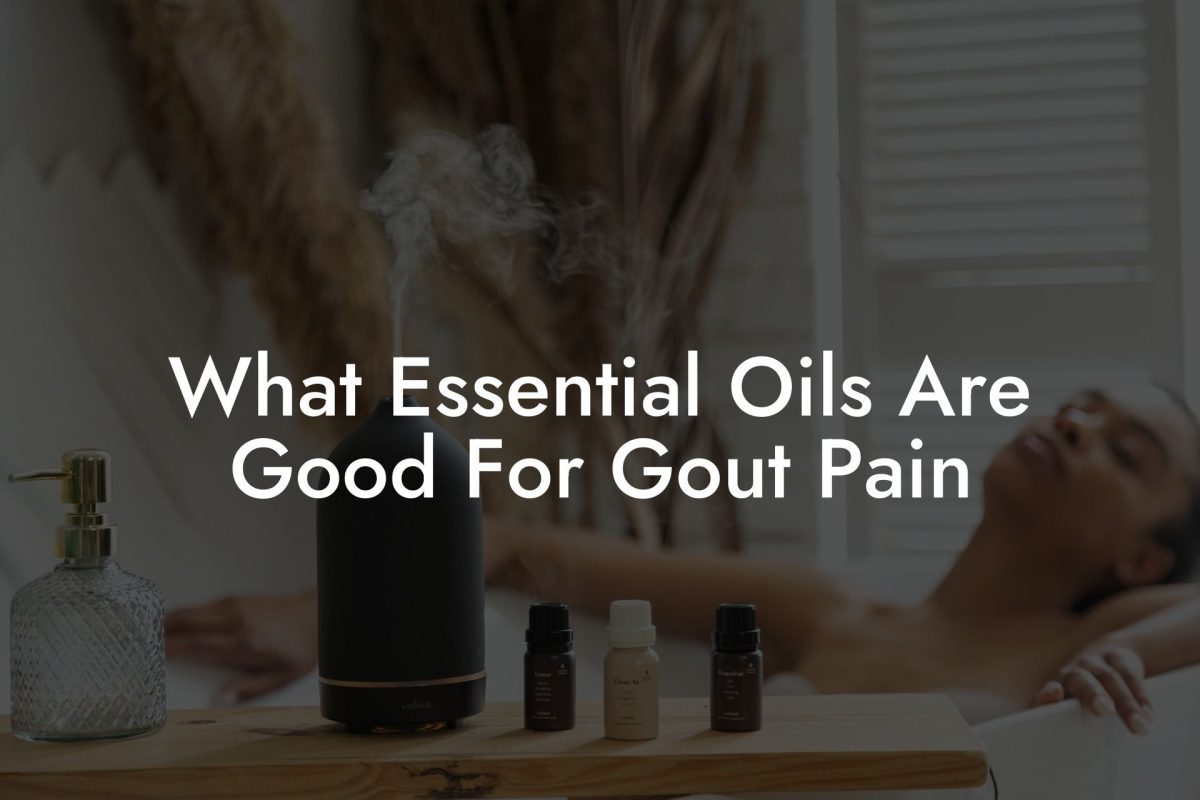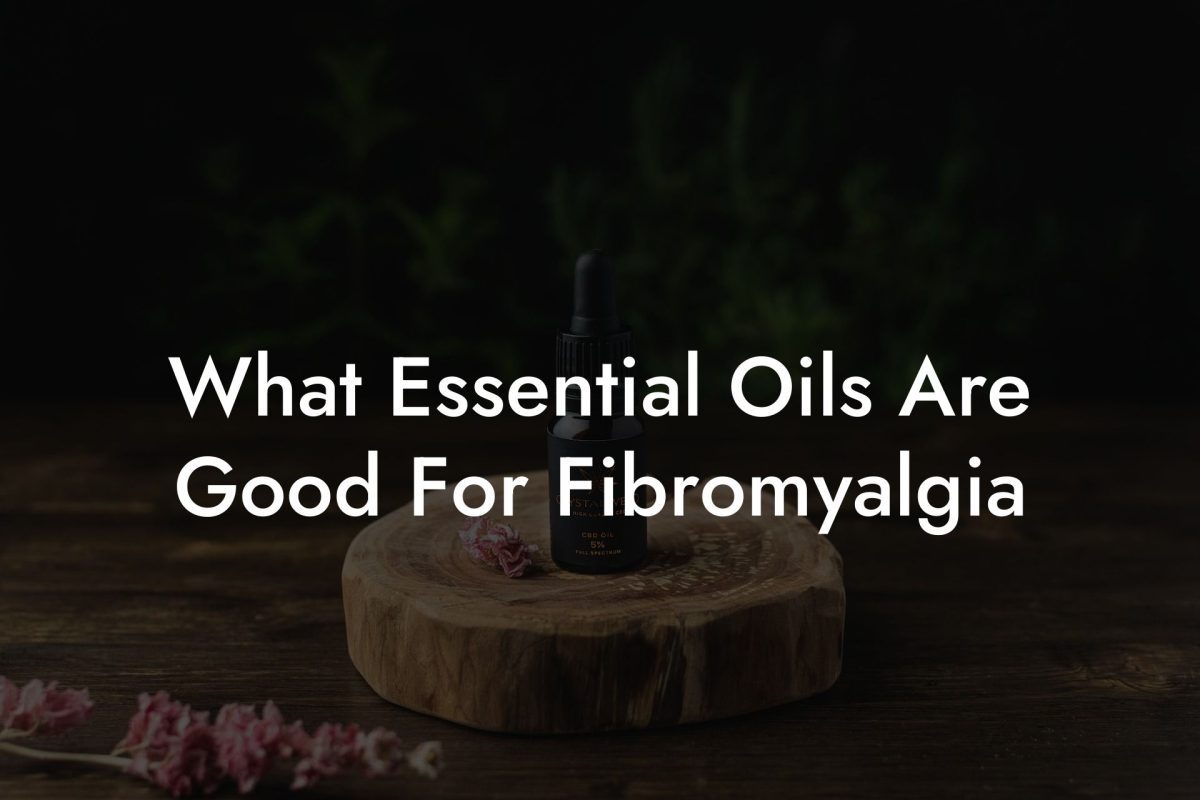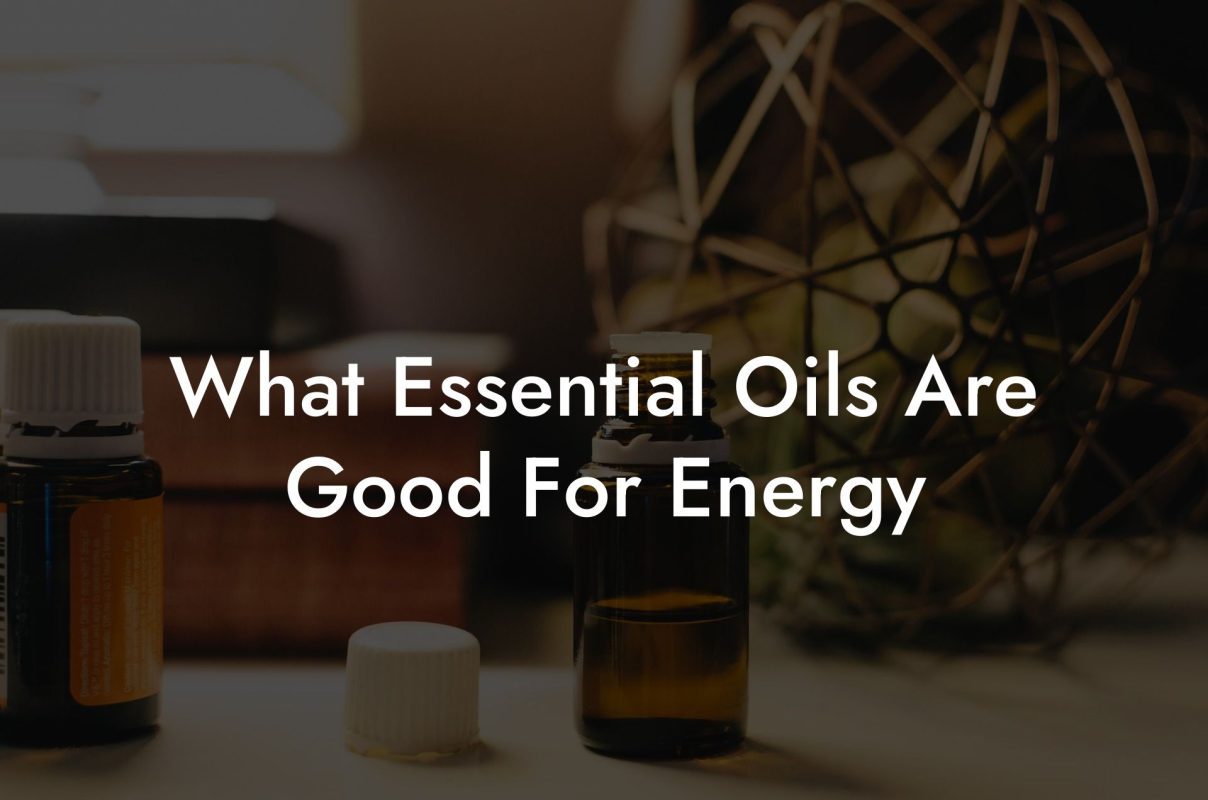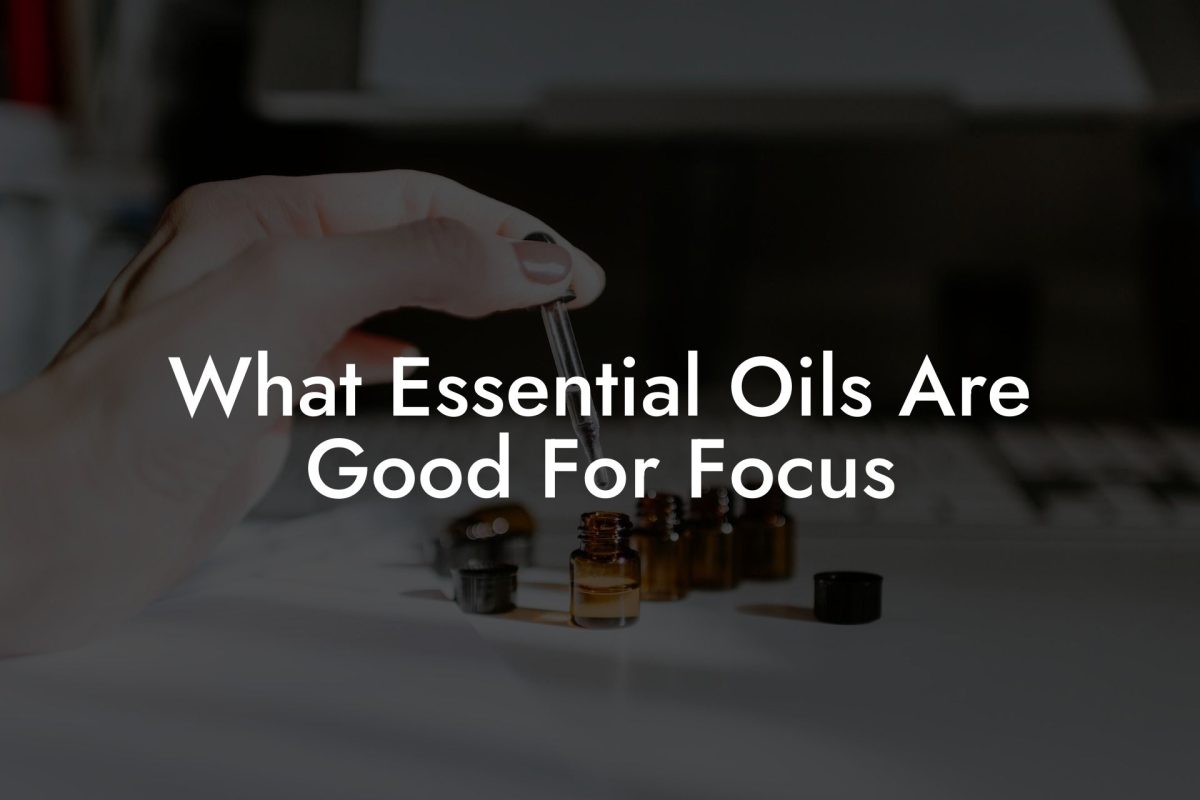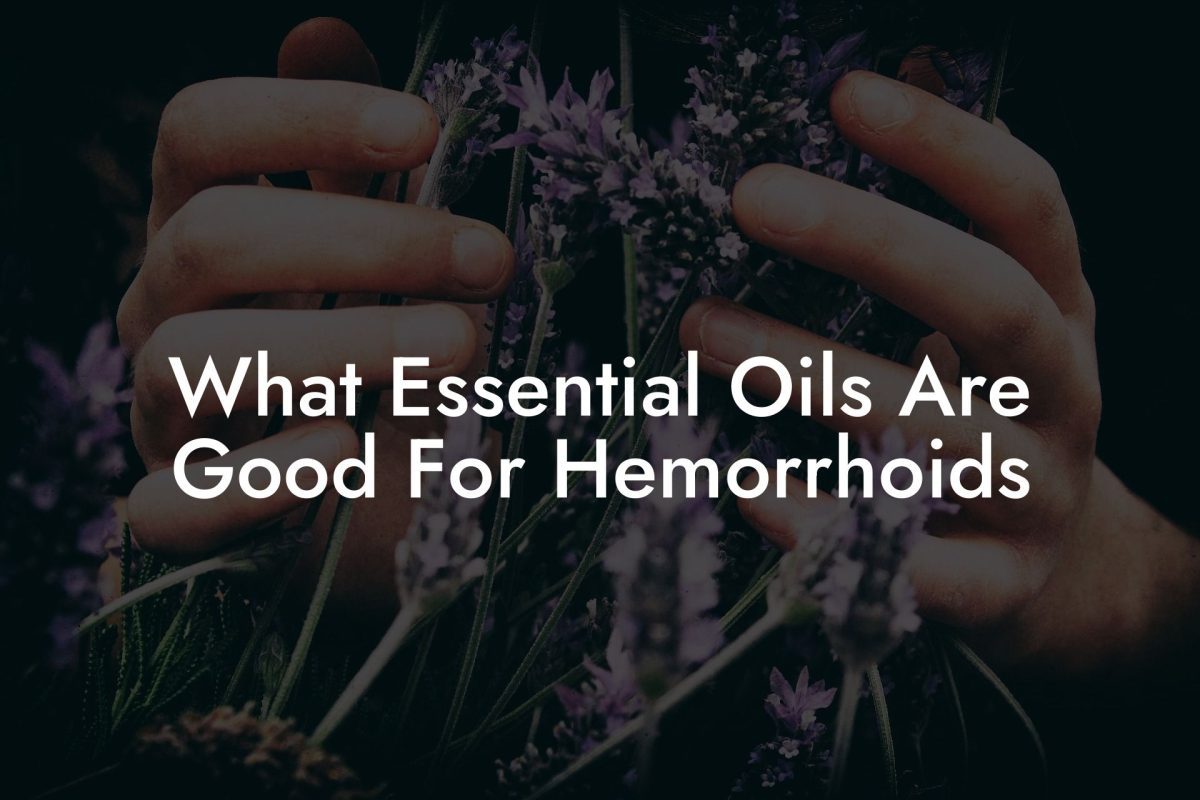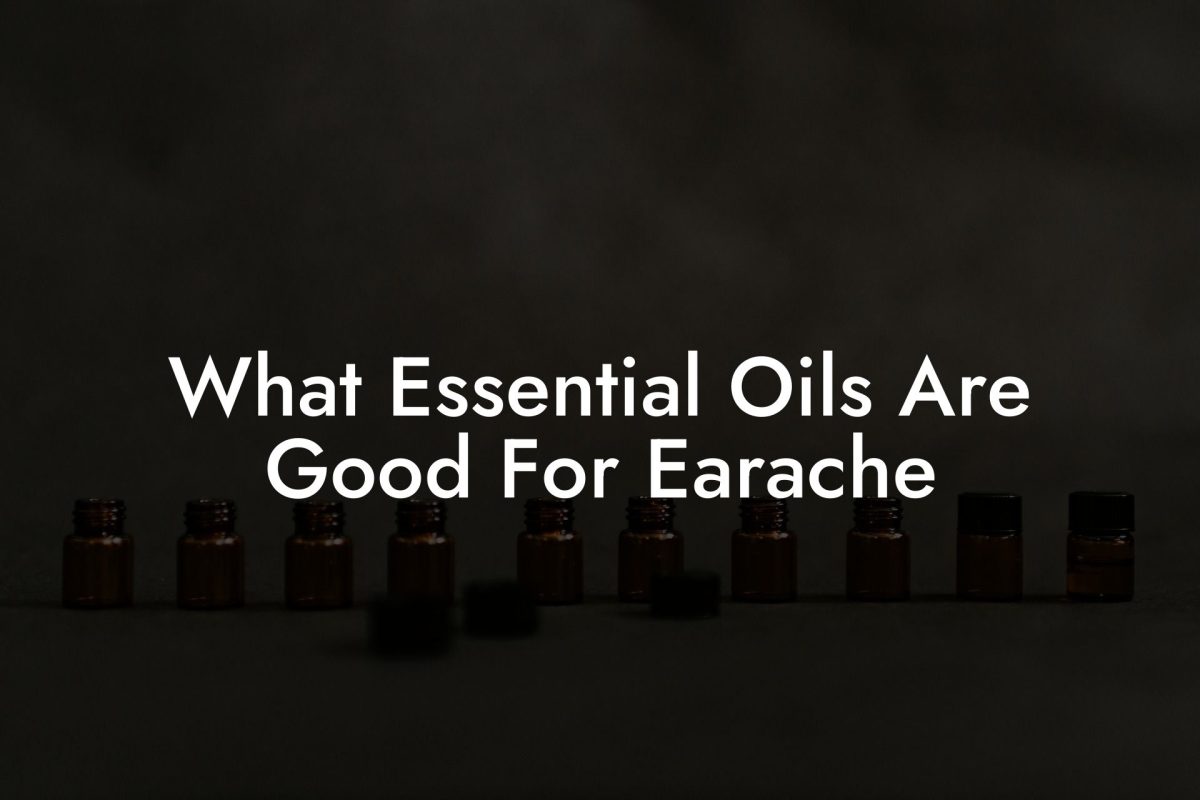Discover the art of mixing essential oils for candles, creating an aromatic and therapeutic experience. Liven up your home with delightful scents and learn about the numerous benefits of incorporating essential oils into your candle-making.
Table of Contents
The Basics of Mixing Essential Oils for Candles
Before diving into the process of mixing essential oils for candles, it’s crucial to have a solid understanding of the basics. Essential oils are concentrated plant extracts, and they can provide various therapeutic benefits when used in the right proportions.
Supplies Needed
- Essential oils of your choice.
- High-quality soy or beeswax for candle-making.
- Fragrance-free and clear wicks.
- Heat-resistant glass or metal containers.
- Double boiler or melting pot.
- Thermometer.
- Scale and measuring spoons.
Choosing the Right Essential Oils
When selecting essential oils for your candles, consider the desired atmosphere or benefits you wish to create. Here are some popular essential oil choices and their benefits:
- Lavender: Calming and relaxing, perfect for stress-relief and promoting sleep.
- Eucalyptus: Refreshing and invigorating, helpful for clearing sinuses and reducing congestion.
- Rose: Romantic and soothing, fosters feelings of love and compassion.
- Citrus oils: Uplifting and energizing, may help improve mood and focus.
- Peppermint: Cooling and stimulating, great for relieving headaches and boosting energy levels.
Be sure to choose high-quality, 100% pure essential oils for your candles. Synthetic fragrances might compromise the therapeutic benefits and produce undesirable scents when burned.
Blending Essential Oils
One of the most exciting aspects of mixing essential oils for candles is the opportunity to create unique and personalized blends. To create a harmonious blend, consider using a combination of base, middle, and top notes.
Base notes:
These are the foundation of your scent and linger the longest. Examples of base notes include sandalwood, cedarwood, and patchouli.
Middle notes:
Middle notes act as the heart of your blend and create balance. Some popular middle notes are lavender, geranium, and rosemary.
Top notes:
These are the first scents you’ll notice, but they also evaporate the quickest. Citrus oils, eucalyptus, and peppermint are common top notes.
Start by blending your chosen essential oils in a small glass container, experimenting with different ratios to achieve your desired scent profile.
Adding Essential Oils to Your Candle
Once you’ve blended your essential oils, it’s time to incorporate them into your candle-making process. Here are the steps to follow:
- Melt the wax using a double boiler or melting pot, monitoring the temperature with a thermometer.
- Once the wax reaches the appropriate temperature (typically around 180°F), remove it from heat and let it cool slightly.
- Weigh your essential oil blend with a scale and add it to the melted wax. The general rule is to use 6-10% essential oils to wax weight ratio. Mix thoroughly.
- Secure your wick in the center of your container and carefully pour the wax mixture into the container, making sure not to move the wick.
- Allow the candle to cool and harden completely. This may take several hours to a full day, depending on the size of your candle.
- Trim the wick to 1/4 inch.
- For best results, let the candle cure for 24-48 hours before burning.
How To Mix Essential Oils For Candles Example:
Imagine you’d like to create a stress-relief candle featuring a blend of lavender, ylang-ylang, and bergamot essential oils. Start by blending these oils in a small glass container, using two parts lavender, one part ylang-ylang, and one part bergamot. Melt 16 ounces of soy wax, following the steps listed above, allowing it to cool slightly before adding 1-1.6 ounces of your blended essential oils. Mix thoroughly and pour the wax into your chosen container, securing the wick in the center. Allow the candle to cool and harden completely before trimming the wick and curing.
Now that you have learned the art of mixing essential oils for candles, you can create personalized and therapeutic scents for yourself or as thoughtful gifts for loved ones. Experiment with different blends and ingredients to expand your candle-making repertoire, and share your newfound knowledge with friends and family. Be sure to explore our other guides about essential oils and aromacology on the Oshu Oils blog, and discover the wide range of artisan essential earth oils available in the Oshu Oils product lineup.

